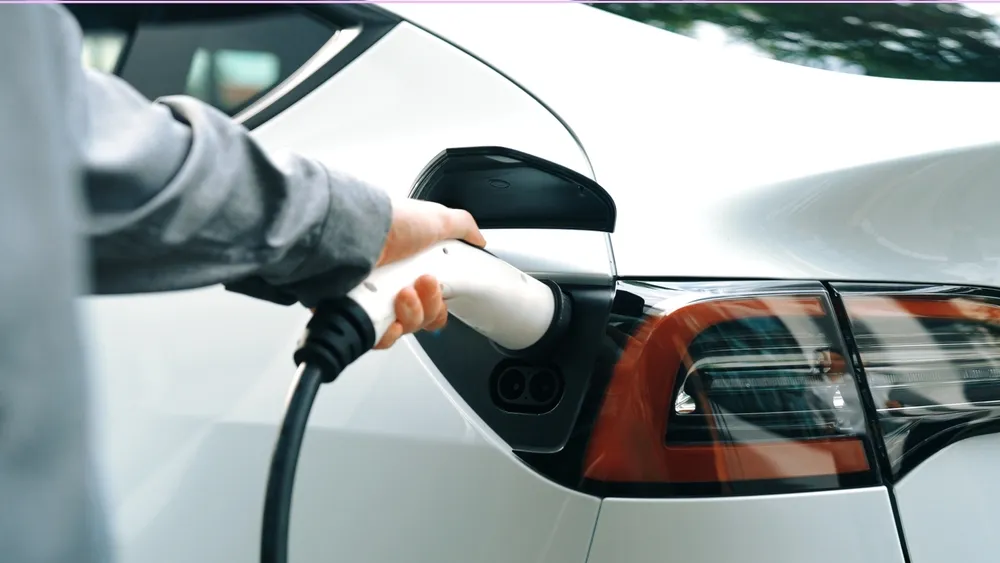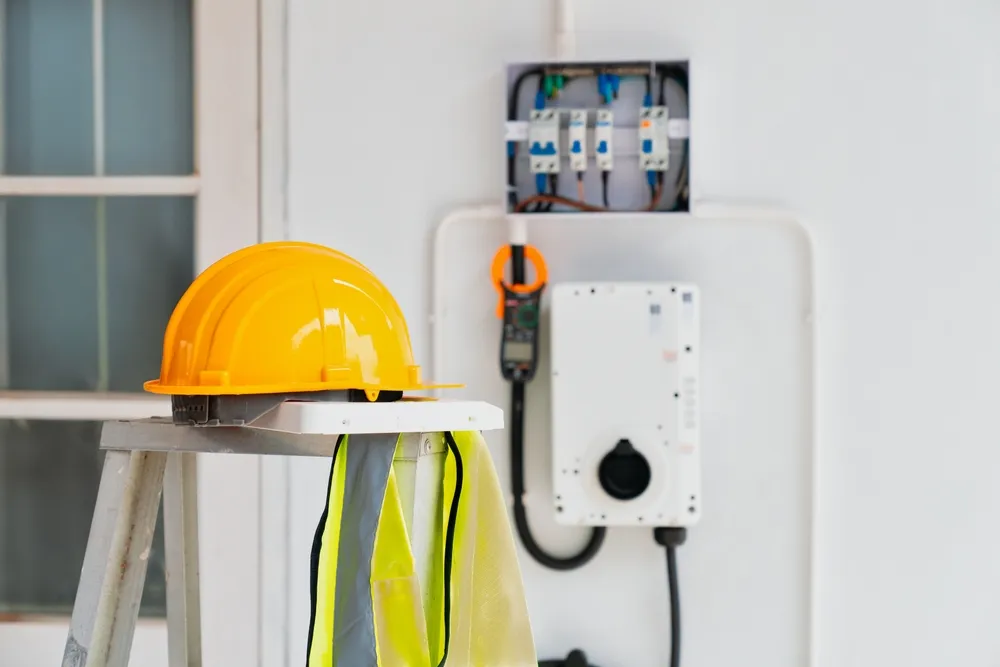
As more households shift towards sustainable transport options, the idea of having a home charging point has become an appealing upgrade. It’s not just about embracing innovation but also about ensuring convenience and independence. With a reliable system installed at home, you can power your vehicle efficiently without relying on public infrastructure. Our team at Allround Electrical are trusted electricians in Wollongong who understand that homeowners value both practicality and quality when it comes to this type of upgrade.
Having your own electrical vehichel (EV) charging setup gives you freedom and flexibility in managing energy usage and time. You’ll have complete control over how and when your vehicle is charged, helping reduce both running costs and environmental impact. Whether you’re planning your first setup or upgrading an existing one, understanding the process can help you make informed decisions that fit your home and lifestyle perfectly.
The demand for home EV charging solutions has grown rapidly as people look for smarter ways to manage their energy and time. Having your own setup means you’re not limited by public charging networks or waiting in queues. Instead, you can plug in at your convenience and take advantage of cheaper electricity rates while reducing your overall carbon footprint. It’s a lifestyle improvement that blends cost-effectiveness and sustainability into one smart solution.
Installing a home charging station is a straightforward way to make daily travel simpler and cheaper. It allows you to manage charging schedules based on your electricity plan and personal routine. It is also a long-term investment in both your property and the planet.
Relying on public stations can be unpredictable and time-consuming, especially during peak hours. Installing your own system removes the uncertainty and lets you charge whenever it suits you. This independence also gives peace of mind knowing you’re not dependent on external infrastructure.
Homes with built-in charging capabilities are increasingly appealing to buyers and renters alike. It reflects a forward-thinking approach to sustainability and technology integration. This feature is becoming a key selling point in modern housing markets.
Choosing the right charging system is about matching your energy needs and your home and vehicle specifications. With several models available, the selection process can feel overwhelming. Focusing on connection types and safety features can help simplify the decision. Each factor affects how efficiently your system performs and how well it integrates with your home’s electrical framework.
Your home’s switchboard must support the additional load of a charging unit. Not every property has the same electrical capacity, so it’s important to assess this before installation. Understanding compatibility ensures your system works safely and efficiently.
Modern charging units offer advanced features that allow you to control and monitor usage. These features can help you optimise power consumption and identify the best times to charge. With proper settings, you can lower your electricity costs and make your home more energy-efficient.
Since charging units are often installed outdoors, they must withstand changing weather conditions. Choosing equipment designed for durability ensures long-term reliability and safety. Weatherproof systems maintain consistent performance regardless of rain or humidity.

Installing a charging system involves careful planning and professional expertise during an electrical inspection. Each step ensures the setup meets safety regulations and functions efficiently. Understanding the process helps homeowners appreciate what goes into a safe and compliant installation. It also sets realistic expectations about timeframes and potential upgrades needed before completion.
Every installation starts with a detailed assessment of your property’s electrical setup and parking area. The installer will check switchboard capacity and connection points. This inspection ensures the safest and most practical configuration for your system.
Once your home’s suitability is confirmed, the next step is selecting compatible equipment. This includes choosing a charger model that meets your vehicle’s specifications and your property’s power capacity. A dedicated circuit is often installed to handle the added demand safely.
After setup, a thorough inspection and test are conducted to confirm everything operates correctly. This includes checking voltage output and communication between the charger and vehicle. Once approved, the system is commissioned and ready for everyday use.
Safety is a top priority when it comes to installing and operating charging systems. Australian standards require strict compliance with regulations to protect both property and users. Understanding these requirements ensures that your installation not only works efficiently but also remains safe for long-term use. Qualified installers play a crucial role in maintaining compliance at every step.
All installations must follow the guidelines outlined by Australian electrical regulations. This includes using approved equipment and ensuring correct wiring practices. Adherence to these standards prevents accidents and system malfunctions.
Residual current devices are essential for preventing electric shocks by cutting off power instantly during a fault. Surge protectors also safeguard equipment from voltage spikes. These features are critical for the safety of both the system and users.
Depending on your area, permits or inspections may be required before installation. Councils and energy authorities set these rules to ensure safe integration with existing infrastructure. Following local guidelines avoids future issues or fines.
When planning for a home charging system, it’s natural to wonder about expenses and upkeep. These details help homeowners budget effectively and understand what to expect long-term. Knowing the basics of maintenance and operating costs also contributes to smoother, more cost-efficient use. Each of these factors plays a key role in the system’s practicality and value.
The cost of a home setup varies based on installation complexity and electrical upgrades. While it may seem like a significant investment, the long-term savings often outweigh the upfront costs. Understanding these factors helps you plan realistically.
Charging speed depends on your system’s power output and your vehicle’s battery capacity. Understanding these factors allows you to choose the best setup for your daily routine. Efficient systems balance power delivery and energy consumption effectively.
While charging systems are generally low-maintenance, regular inspections are important for long-term reliability. Keeping the unit clean and protected helps avoid common issues. A licensed technician can perform checks to ensure everything functions as intended.
Installing a home charging system is one of the most practical steps you can take towards greater convenience and sustainability. It offers lower running costs while enhancing property value. With the right setup, you’ll enjoy faster and more efficient power for your vehicle every day.
Allround Electrical is proud to provide compliant, high-quality installations that fit your lifestyle and home requirements. From consultation to completion, our team ensures every detail meets Australian standards while delivering maximum performance and peace of mind.



